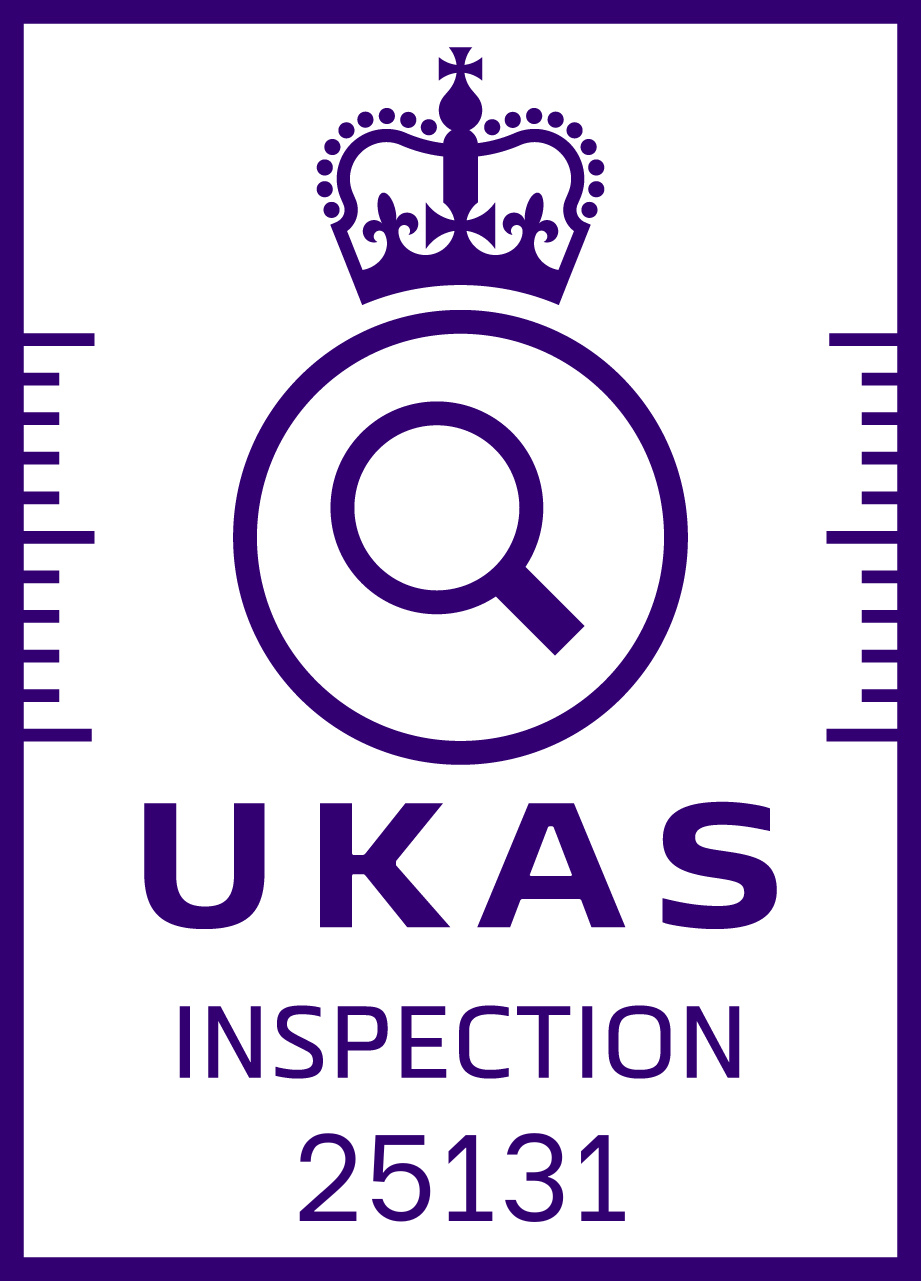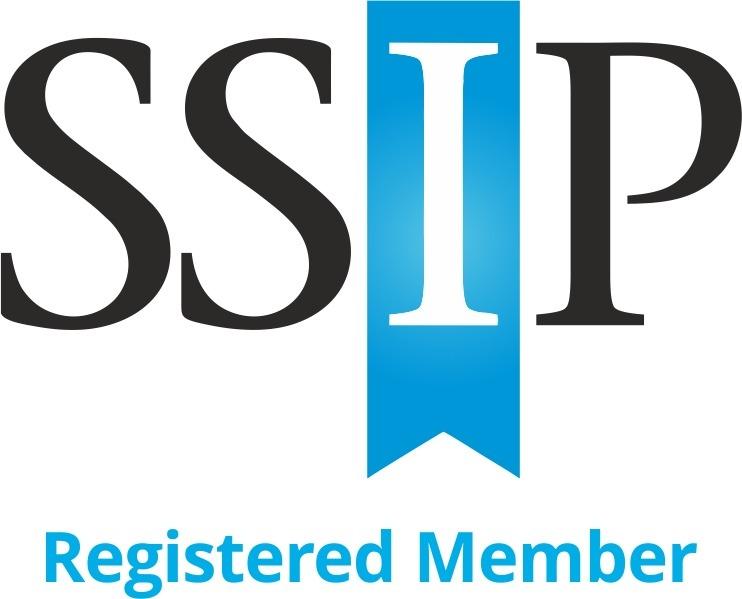As the established trade association and training body for the safety netting and temporary safety systems industry, FASET aims to always keep up to date with the latest news from the building access industry. We are pleased to share the following story from the Institute of Occupational Safety and Health (IOSH).
Existing health and safety regulations will disappear from UK law on 31 December 2023 if the current draft of the Retained EU Law (REUL) Bill is approved. Mary Lawrence, a partner at Osborne Clarke, gives a legal perspective, explaining how this will impact on businesses.
What will change?
The REUL Bill enables government, via Parliament, to amend, repeal and replace retained EU law.
If passed, all UK secondary legislation derived from EU law and retained direct EU legislation (such as EU regulations) will "sunset" (automatically fall away) on 31 December 2023. In health and safety terms that means a significant number of occupational health and safety regulations, just leaving the Health and Safety at Work etc. Act 1974 (HSWA) in force.
Ministers may decide to extend this date to 23 June 2026 (IOSH and others have been pressing for this extension and for an even later date of 2030 to enable due scrutiny, consultation, engagement and transparent process) or to exclude certain legislation from the Bill and have called for standards and protections not to reduce. However, for this to happen, an active decision will need to be taken by the end of 2023 or else the regulations will disappear.
Which health and safety requirements will be affected?
If the Bill is adopted in its current form, from what we have gathered so far, most health and safety regulations will fall away on 31 December 2023 because they are EU-derived. This includes the "six-pack" and the framework requirements around health and safety which professionals will be very familiar with:
- Management of Health and Safety at Work Regulations 1999 – including risk assessment and 'Competent Person' requirements
- Workplace (Health, Safety and Welfare) Regulations 1992
- Manual Handling Operations Regulations 1992
- Health and Safety (Display Screen Equipment) Regulations 1992
- Provision and Use of Work Equipment Regulations 1998
- Personal Protective Equipment at Work Regulations 1992 amended 2022
Other regulations affected would be those that set specific obligations for particular activities (for example the Construction (Design and Management) Regulations 2015 (CDM) and the Work at Height Regulations 2005) or hazards (such as the Control of Substances Hazardous to Health Regulations 2002).
Some regulations go further than the HSWA by providing for regimes, such as requirements to prepare a safety report for assessment by competent authorities (under the Control of Major Accident Hazards Regulations 2015) or obtain a licence (for example for work with asbestos). These would also be affected.
Does this mean that businesses will no longer have any health and safety legal duties?
No. Legal requirements that are not derived from EU law and primary legislation won't be ‘sunsetted’.
The HSWA will therefore remain in place. Organisations will continue to have a legal duty to ensure, so far as is reasonably practicable, the health, safety and welfare of employees and others affected by their business undertaking.
The HSE's powers will also remain, those duties being set out in the HSWA. Its powers, including to issue improvement and prohibition notices and to request information, will not change.
However, as health and safety regulations tend to provide an additional layer of detail in the UK about how businesses can fulfil their duties under HSWA, that detail would no longer be law and is likely to move into guidance.
The disappearance of health and safety regulations has the potential to result in major changes to how health and safety legislation works in the UK (in particular around HSE enforcement). In the short term, it may create uncertainty for businesses on how to meet their obligations under HSWA, because well-established and understood regimes for compliance will fall away.
However, it seems likely that the HSE will encourage the status quo – pointing to regulatory principles that would disappear in law but would remain in HSE guidance. In some areas it may provide businesses the opportunity to develop a more tailored approach to looking at risk, for example in the area of ergonomics and display screen equipment, where the current regulations are highly prescriptive and don't work well in the new hybrid working environment.
What next?
The Bill is at the Lords Committee stage, after which the Bill will be re-published with any agreed amendments (after the final Committee sitting on 2 March 2023). From there, the Bill will go to the Lords Report stage to receive further scrutiny and it will require a third reading before the Lords.
A number of amendments have been proposed so far, including an extension of the deadline for sunsetting to 2028. It is likely, therefore, that the Bill will "ping-pong" between the Lords and the Commons until an agreement is reached. We will likely know more about the Bill and its impact on health and safety law as we move into spring/summer 2023.
Whilst there is ongoing uncertainty about the Bill and its impact on health and safety requirements, we think that professionals can start working through scenarios and thinking about potential impacts on their businesses and future planning.
Read more
IOSH was part of a number of OSH organisations which recently wrote to the Government on this issue. Find out more here.
Image: Shutterstock









